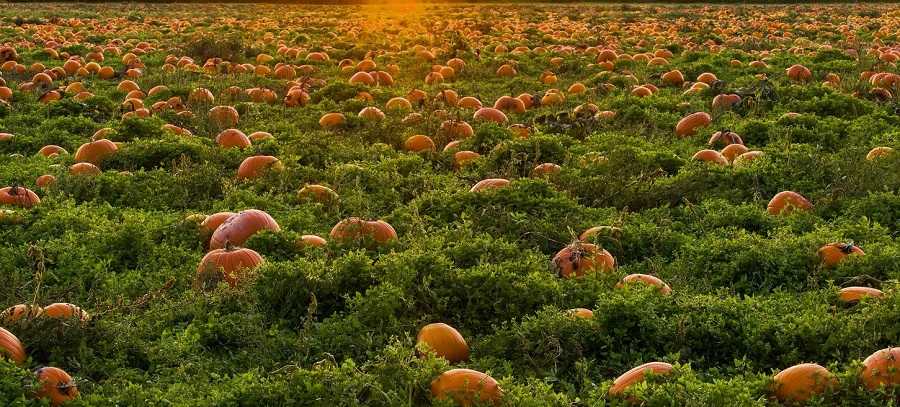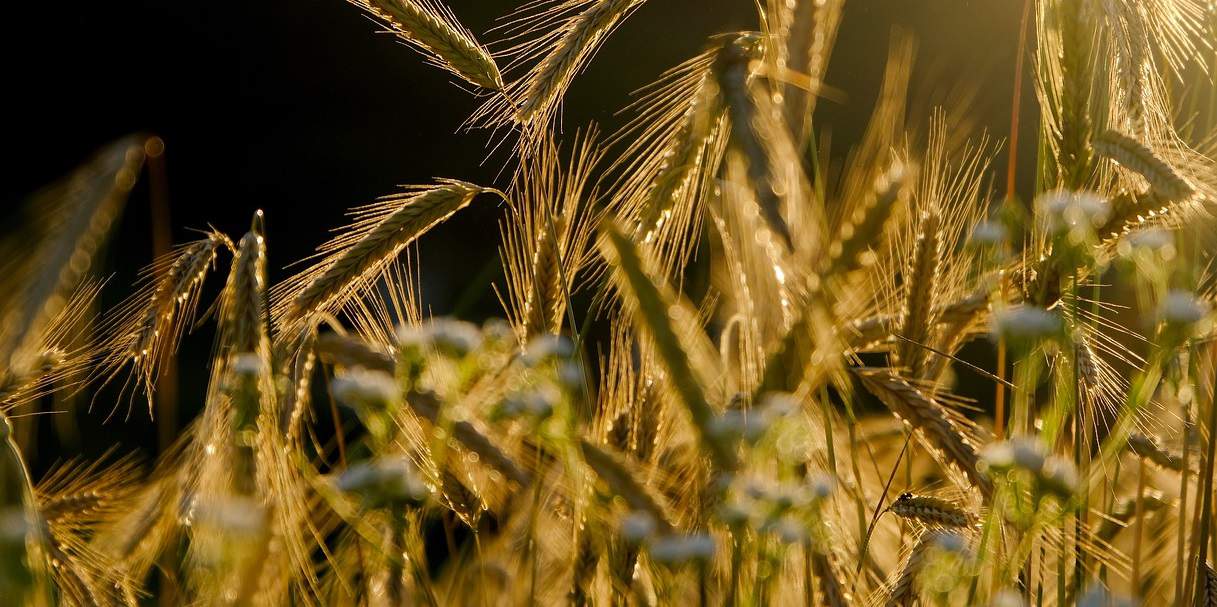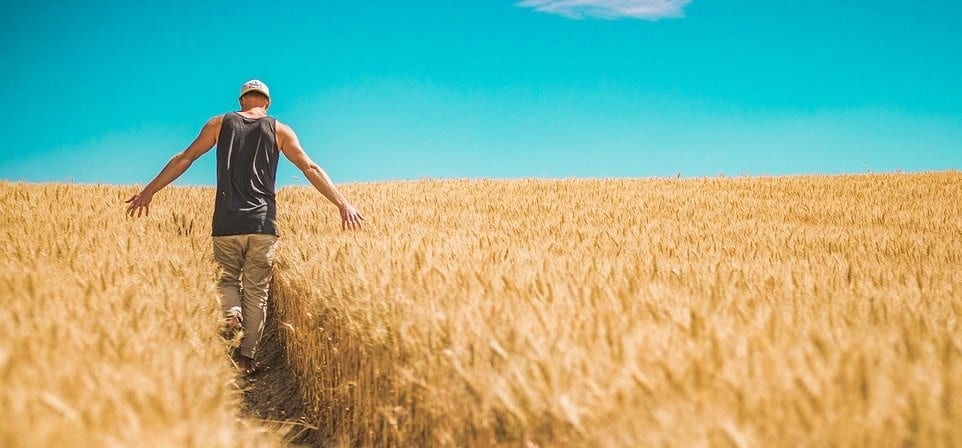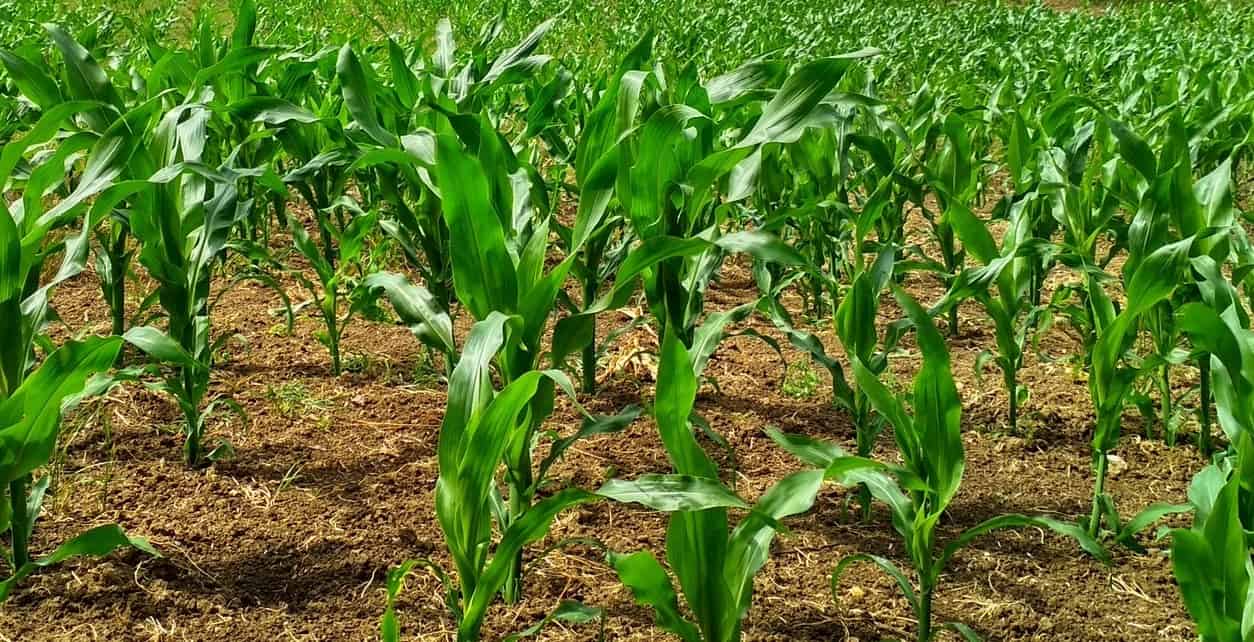Cropping pattern in India is a vigorous concept since it changes with time and is defined as the fraction of area under various crops during a specific time or a yearly structure and spatial arrangement of cultivation and un-cultivation in a given area.
Cropping pattern in India
To brief on the cropping pattern of India, we will first have to go over the major crops cultivated in India and their agroclimatic conditions, Seasons of crop cultivation. Then we will be eligible to understand the types of cropping systems in India, Factors affecting the cropping pattern, Challenges in agriculture, and government initiatives.
Also Read: Difference between mixed cropping and intercropping
Agroclimatic Conditions Of Major Crops In India
With the second-largest population globally, India has an abundance of its citizens relying on the agriculture of the country, which is facilitated by the unique topography of the subcontinent.
India’s major crops include-
Rice
It requires a moderate 150-300 mm rainfall annually with 22-32 degrees Celsius temperature and grows on deep clayey and loamy soil, which is why eastern states like West Bengal, Orissa, and Bihar are great for rice cultivation.
Wheat
It needs to be sown at 10-15 degrees celsius and then ripped and harvested at 21-26 degrees celsius with about 75-100cm rainfall annually. It’s cultivated on well-drained fertile loamy and clayey soil in northern regions of Uttar Pradesh, Punjab, Haryana, etc.
Millets
They require about 27-32 degree celsius temperature and 50-100cm annual rainfall to grow and are less sensitive to soil deficiencies, hence they can be cultivated in an inferior alluvial or loamy soil. Major producers of millets in India include Rajasthan, Gujrat, and Andhra Pradesh.
Grams
They grow in a Mildly cool and dry climate with about 20-25 degrees Celsius temperature and 40-45 cm rainfall in a loamy soil. Maharashtra and Madhya Pradesh actively cultivated gram.
Sugarcane
It requires an annual rainfall of 75-150 cm with 21-27 degrees Celsius temperature, cultivated on a deep rich loamy soil, and is grown in Goa, Tamil Nadu, Gujrat, etc.
Cotton
It requires a temperature of 21-30 degree celsius with 50-100 cm rainfall annually hence is cultivated in the black soil of Deccan and Malwa Plateau. It can also be cultivated in alluvial soils of the Sutlej-Ganga plain and red and laterite soils of the peninsular region.
Coffee
It is cultivated on well-drained loamy soil with 150-250 cm rainfall and 15-28 degrees Celsius temperature. Karnataka and Kerela are major suppliers.

Cropping seasons in India
There are three major cropping seasons in India, namely, Kharif, Rabi, and Zaid.
Kharif crops
Primarily known as monsoon crops grown in April-May, They are cultivated when the rainy season begins. They are harvested in September-October. They need wet and hot conditions to grow.
For example, Rice, Maize, Soybean, etc.
Rabi crops
Primarily known as winter crops and sown during September-October. They are harvested in June-July and need cold and relatively dry conditions to grow.
For example, Wheat, Chickpea, Mustard, etc.
Zaid crops
It is primarily known as summer season crops and is grown the short season between Rabi and Kharif crop season. They are cultivated between March and June. They are mostly sown in Gangetic belts of the region.
For example, Cucumber, Watermelon, etc.

Types of Cropping Systems in India
India has vast geographical variations, which include several different temperatures, types of soil, rainfall, etc. Keeping this topographical diversity in mind, a farmer in India follows the main types of cropping system.
Monoculture (Mono-cropping)
This system states that only one crop is to be cultivated year after year. The practice of monoculture had been increased significantly across the globe. In many parts of the world, Biodiverse landscapes of agriculture have been replaced by large areas of monoculture, which are cultivated with the use of large quantities of external inputs such as pesticides, mineral fertilizers, and fossil fuels.
Multiple cropping.
Under this system, two or more crops are cultivated in the same land in one year with intensive input management practices. This system further includes-
Inter-cropping- Practice of two or more crops being cultivated simultaneously on the same field in an annual.
Mixed-cropping- Practice of plantation and interdigitating the crops so that they cultivate together simultaneously in the same field.
Sequence Farming- Involves growing crops in a sequence in an annual where one crop is sown after the other is harvested.
Also Read: Organic Farming in India
Primitive subsistence farming.
Popularly known as the slash and burn agricultural practice, It is practiced on small fields with the help of traditional tools like dao, digging sticks, and hoe with community labor.
In this system, farmers clear one patch of land to cultivate grain, and when the soil fertility decreases, they clear another patch of land and continue cultivation. This system allows nature to replenish the fertility of the soil by natural means, but the land productivity in this method stays low as the farmer does not use fertilizers or other modern inputs.
Intensive subsistence farming
It is practiced on densly populated land and includes the use of high doses of biochemical inputs to obtain higher yield.
Commercial farming
This type of cultivation involves a large variety of modern inputs, e.g., high yielding variety seeds, chemical fertilizers, insecticides, and pesticides for a more fruitful yield.

Factors Affecting the Cropping Pattern in India
Cropping pattern in India is dynamic and depends upon numerous factors, namely-
Physical and technical factors
Apart from dependency on topographical factors, the cropping pattern in India also depends upon the availability of the inputs like irrigation, electricity, technology, etc.
Economic factors
Fragmentation of operational holdings, land revenue, labor, mechanization and equipment, marketing, and transportation facilities are the economical factors that affect the cropping pattern to a greater extent.
Also read: Features of Indian Economy – Positive, Negative & Growth
Government Policies
The government policies play a very crucial role in affecting the cropping pattern in India as they need to be promising, structured for incentivizing the crops, and eligible to avail benefits.
The government takes initiatives.
Following are the actions taken by the government for the farmers and to improve the cropping pattern in India.
Price Deficiency Payment (PDP)
This recently launched program was framed on Madhya Pradesh Government’s Bhavantar Bhugtan Yojana to protect oilseeds farmers. The scheme states that the difference between the MSP and the monthly average price of oilseeds quoted in the wholesale market is to be paid by the government.
Pradhan Mantri Annadata Aay Sanrakshan Abhiyan (PM-AASHA)
This umbrella policy is a mixture of sub-schemes (Price Support Scheme and Price Deficiency Payment) announced by the central government that ensures the farmers of oilseeds, pulses, and copra to get the MSP they are promised every year.
IFFCO iMandi
Adhering to Digital India, this is a social commerce app for rural areas and has been built for large communities with commerce, content, and communication enable in a seamless and secure manner. It is a simple and accessible place for agricultural inputs, loams, insurance, etc.
Challenges in agriculture
With such diversity in topography and other conditions, cultivating a good yield isn’t always easy. Here are a few challenges faced in agriculture.
Old methods
Agricultural practices in India have gained self-sufficiency, but the production remains resource-intensive, cereal-centric, and regionally biased. These deficiencies have raised sustainability issues.
Unsustainable practices
Since more than half of India’s population depends upon rural employment for a living, Slow agricultural growth is a concern for the policy-makers as the currently adopted agricultural practices are neither economically nor environmentally sustainable.
Storage problem
In states where MSP procurement is well established, problems in storing the produce arise; hence Storage is a major issue in India since these procurements from these states exceed the buffer stock norms, which were fixed in 2015.
Water stress
Phenomenons like desertification and land degradation are major threats to agriculture and cropping patterns in India. This increased strain on water resources needs a realignment and rethinking of policies.
Social problems
Agriculture is recently facing greater changes in terms of social aspects like the increased feminization of agriculture, mainly due to an increase in the number of women-headed households, increased rural-urban migration by men, and growth in cash crops production which require a lot of labor.
Other challenges may include fragmented land holdings, low productivity to lack of mechanization, etc.
F.A.Q
Q1. What state Indian produces the most and least agricultural produce each year?
Ans: West Bengal and Uttar Pradesh are recorded to have an abundance of Rice and Wheat harvest every year, whereas Arunachal Pradesh is reported to have the least harvest annually.
Q2. Which is the most exported crop from India?
Ans: India is a leading exporter of both basmati and non-basmati rice worldwide.
Q3. Which state has the most variety of products?
Ans: Uttar Pradesh has the most variety of crops, including wheat, rice, etc.
Q4. How is harvest celebrated in India?
Ans: India celebrates the harvest with festivals like Pongal, makar-Sankranti, Baisakhi, etc. These festivals vary regionally.
Q5. What Indian state has the least and most agricultural land?
Ans: Uttar Pradesh has the most agricultural land in India; about 76% of its land is used for cultivation. Maharashtra has only 16% of its land for cultivation, making it the state with the least agricultural land.
